Nutrition is a vital component of feline health and well-being. Just like humans, cats require a balanced and nutritious diet to thrive. The right combination of nutrients not only supports their growth and energy needs but also plays a crucial role in maintaining healthy organs, a shiny coat, and a strong immune system. Therefore, the selection of cat food is a decision that carries great importance for cat owners. Chicken meal in cat food can be a great way to provide all the nutrition to your feline friends!
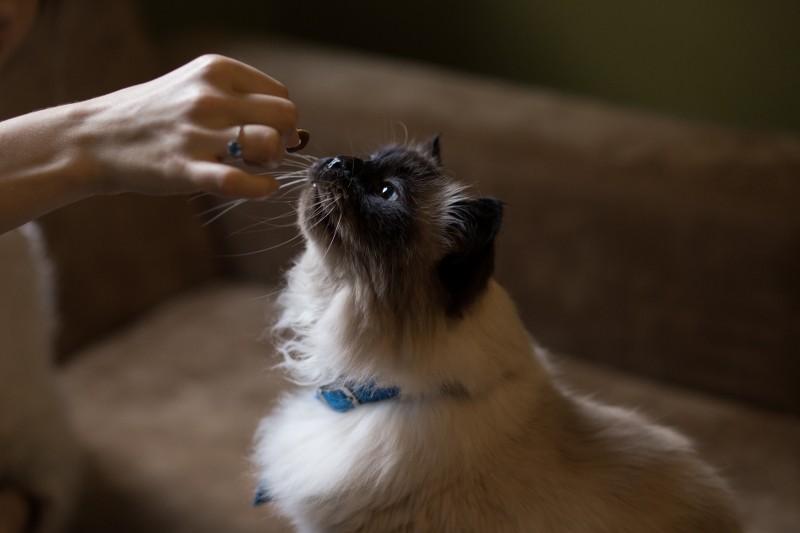
Chicken Meal in Cat Food
One key ingredient that frequently finds its way into cat food recipes is chicken meal. As cat owners, it’s essential to understand what goes into the food we provide our feline companions. Chicken meal is a noteworthy component, and it’s worth delving into its composition, nutritional value, and role in ensuring your cat’s dietary needs are met. In this discussion, we will explore chicken meal in-depth and shed light on why it has become a staple ingredient in many cat food products.
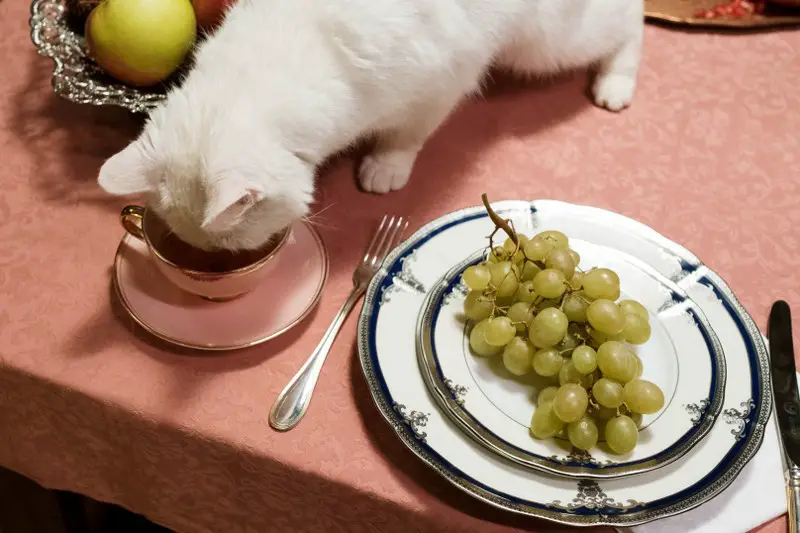
What is Chicken Meal in Cat Food?
Chicken meal in cat food is a concentrated and highly digestible protein source commonly used in pet foods, including cat food. It is a rendered product derived from chicken tissues, including flesh, skin, and bones, which are processed to remove moisture and fat. What remains is a dry, powdered substance with a high protein content.

Nutritional Content of Chicken Meal
Chicken meal in cat food is valued for its nutritional profile, which includes:
- High Protein Content: Chicken meal in cat food is an excellent source of protein, making it a crucial component of a cat’s diet. Protein is essential for muscle development, tissue repair, and overall health. According to PetMD, adult cats need a minimum of 26% protein in their diet.
- Amino Acids: Chicken meal is rich in essential amino acids, which are the building blocks of proteins. These amino acids support various bodily functions and help maintain a cat’s health. According to Applaws UK, cats need 22 amino acids.
- Reduced Moisture: Unlike whole chicken meat, the chicken meal in cat food has had most of its moisture removed during the rendering process. This concentrated form of protein is more protein-dense, providing essential nutrients without excess water content.
- Lower Fat Content: The chicken meal in cat food typically contains less fat compared to whole chicken meat, which can be beneficial for cats that require a controlled fat intake.
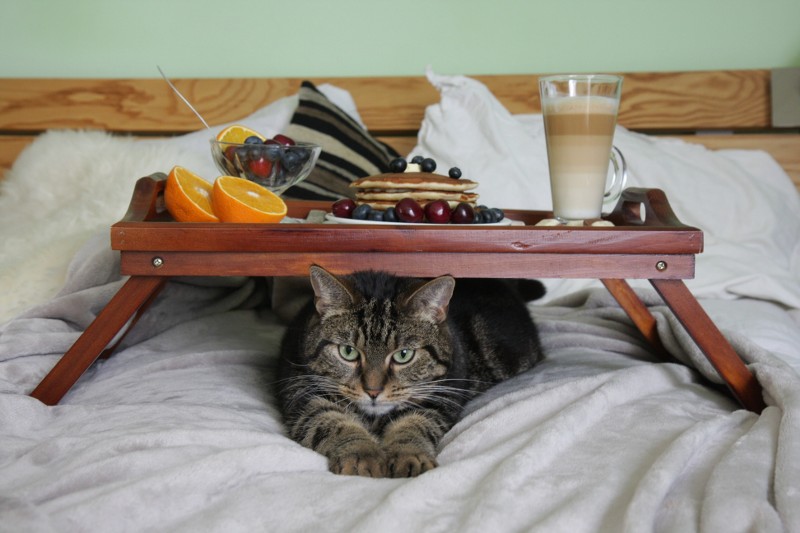
Benefits of Chicken Meal in Cat Food
High-Quality Protein Source
Building and Repairing Tissues: Protein is the foundation of tissue growth and repair. Cats require a continuous supply of high-quality protein to develop and repair muscles, organs, and other body tissues. Chicken meal cat food, being protein-rich, provides cats with the necessary building blocks for these vital processes.
Muscle Development: Cats are agile creatures that rely on strong muscles for activities like pouncing, climbing, and chasing. The presence of a high-quality protein source like chicken meal cat food ensures that cats have the essential amino acids needed for robust muscle development, helping them maintain their agility and mobility.
Energy Production: Protein is also an energy source for cats. It provides the energy needed for daily activities, ensuring that cats remain active and vibrant.
Rich in Essential Amino Acids
Taurine: Taurine is an amino acid that is critical for cats. It plays a pivotal role in maintaining heart health and vision. Taurine deficiency can lead to severe health issues, including heart disease and vision problems. Chicken meal in cat food is a reliable source of taurine, ensuring that cats receive this essential nutrient in adequate quantities.
Arginine and Methionine: These amino acids are essential for various metabolic processes in cats. Arginine helps in the removal of waste products like ammonia from the body, while methionine contributes to protein synthesis and tissue repair. Chicken meal’s rich amino acid profile helps support these crucial functions.
Easily Digestible
Gentle on Digestive System: Chicken meal in cat food is highly digestible, making it gentle on a cat’s sensitive digestive system. Cats are obligate carnivores, which means their digestive tracts are adapted for processing animal-based proteins efficiently. Chicken meal aligns with their dietary requirements, providing essential nutrients without causing digestive distress.
Low in Carbohydrates
Weight Management: Cats have a limited ability to digest carbohydrates effectively. Excessive carbohydrates in their diet can lead to weight gain and obesity. Chicken meal in cat food, being low in carbohydrates, helps maintain a diet that’s more in line with a cat’s nutritional needs, reducing the risk of obesity and associated health problems.
Supports Muscle Development and Maintenance
Lean Muscle Mass: The high protein content in chicken meal supports the development and maintenance of lean muscle mass. This is crucial for kittens as they grow and for adult cats to remain strong and active throughout their lives. Adequate protein intake from chicken meal in cat food ensures that cats can engage in their natural behaviors effectively.
Promotes Healthy Skin and Coat
Amino Acids and Fatty Acids: Amino acids and fatty acids in chicken meal in cat food contribute to healthy skin and a shiny coat. These nutrients help maintain skin integrity and a lustrous fur coat. Cats with balanced nutrition from chicken meal in cat food are less likely to experience skin issues, and their coat will be soft and sleek.
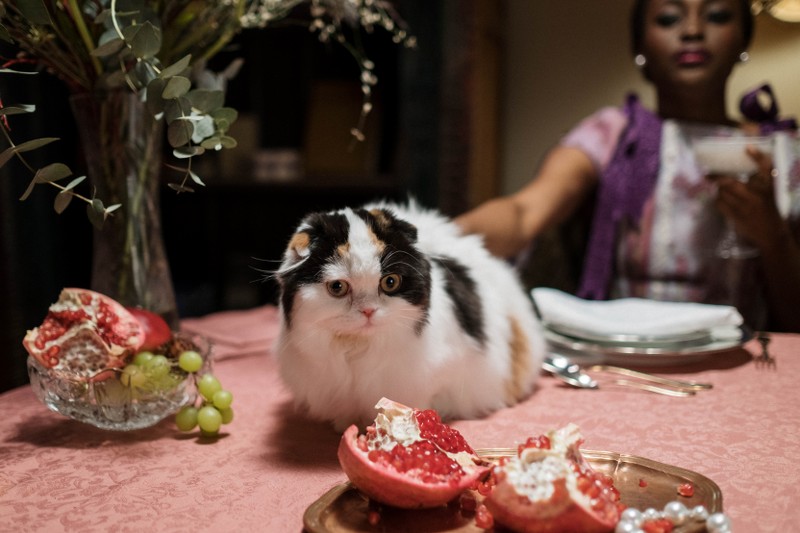
Considerations When Choosing Cat Food with Chicken Meal
Did you know about the Importance of Chicken Meal in Dog Food? Check it out!
Ingredient Quality and Sourcing
- Check the ingredient list: When evaluating cat food, scrutinize the ingredient list carefully. High-quality cat food should prioritize quality ingredients, with chicken meal in cat food being one of the primary components. The presence of chicken meal high on the list indicates that it’s a significant protein source in the formulation, which is beneficial for your cat’s nutritional needs.
- Source of chicken meal: It’s important to ensure that the chicken meal used in the cat food comes from a reputable source. High-quality chicken meal is typically made from whole chicken parts, including muscle meat, skin, and bones. These parts are carefully processed to maintain the nutritional integrity of the protein. Choosing a product with a responsibly sourced chicken meal ensures that your cat receives a safe and nutritious diet.
- Avoid low-quality byproducts: Be cautious of cat foods that contain unidentified poultry byproducts or meals. These ingredients can be of lower quality and may not provide the same nutritional benefits as chicken meal derived from whole chicken parts. Selecting cat food with transparent and well-sourced ingredients ensures that your cat is getting the best possible nutrition.
Allergies and Dietary Sensitivities
- Know your cat’s dietary needs: Be aware of any allergies or dietary sensitivities your cat may have. Cats can be sensitive to specific ingredients, including grains, dairy, or certain proteins. If your cat exhibits symptoms of allergies or sensitivities, such as itching, gastrointestinal issues, or excessive grooming, consider cat food that avoids these potential allergens.
- Consult with a veterinarian: If you suspect that your cat has food allergies or sensitivities, it’s advisable to consult with a veterinarian. A veterinarian can conduct tests to identify specific allergens and provide guidance on selecting cat food that aligns with your cat’s dietary requirements. They can recommend hypoallergenic options or an elimination diet to pinpoint the cause of any adverse reactions.
Avoiding Fillers and Artificial Additives
- Inspect the ingredient list: Opt for cat food that minimizes or eliminates fillers like corn, wheat, and soy. These ingredients offer little nutritional value for cats and can be potential sources of allergies. Choosing cat food with a higher content of quality protein sources like chicken meal ensures that your cat’s diet is nutrient-dense.
- Natural preservatives: Look for cat food that uses natural preservatives like tocopherols (vitamin E) to maintain freshness. These preservatives are generally considered safer than artificial additives like BHA and BHT, which some pet owners prefer to avoid due to potential health concerns.
- Artificial flavors and colors: Consider cat food that doesn’t contain artificial flavors and colors. These additives are often unnecessary and may not contribute to your cat’s health. Opting for products with fewer artificial additives can provide a more wholesome and natural diet.
Balanced Nutrition for Specific Life Stages
- Consider your cat’s age and activity level: Cats have varying nutritional needs depending on their life stage and activity level. Select cat food formulated to meet the specific requirements of your cat’s age, whether it’s kitten, adult, or senior. These formulations are designed to provide the appropriate balance of nutrients for each life stage so that you don’t wonder Can Kittens Eat Adult Cat Food?
- Special dietary needs: If your cat has specific health concerns or conditions, such as weight management, urinary tract health, or dental issues, consider cat food designed to address these needs. Specialized formulas are available to support various health concerns, and your veterinarian can provide guidance on selecting the most suitable option for your cat’s unique requirements.
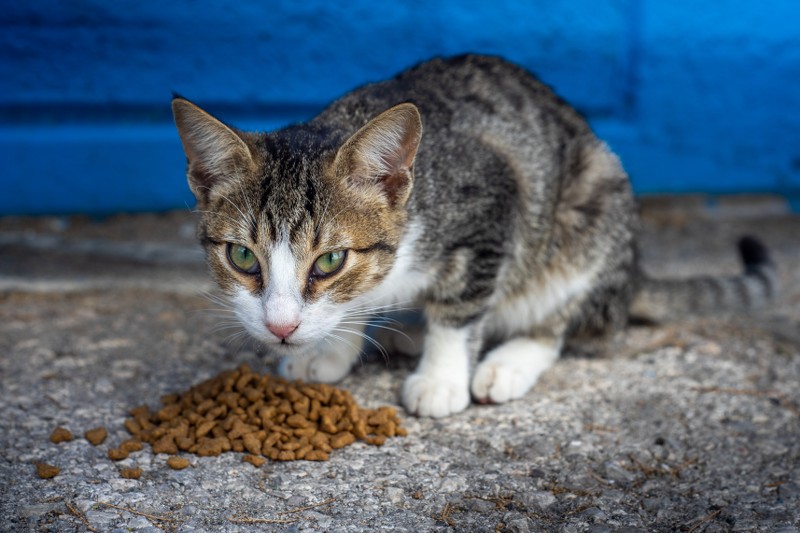
What is Chicken by Product Meal in Cat Food?
Chicken meal and chicken by product meal in cat food are two commonly found types of pet food, but they differ significantly in composition and nutritional value. Chicken meal is made by rendering whole chicken parts, resulting in a concentrated and protein-rich ingredient with high nutritional quality. In contrast, chicken by-product meal in cat food includes parts like organs, feet, necks, and undeveloped eggs, which are not typically consumed by humans.
While both can provide protein, chicken meal in cat food is generally considered a cheaper yet good-quality source due to its consistency and essential amino acid content. In contrast, the nutritional value of chicken by-product meal in cat food can vary widely. When selecting pet food, choosing products that prioritize high-quality ingredients like chicken meal can contribute to better overall nutrition for your pet. Always consult with your veterinarian for specific dietary recommendations based on your pet’s needs when it comes to making the decision on chicken meal vs chicken by product meal.
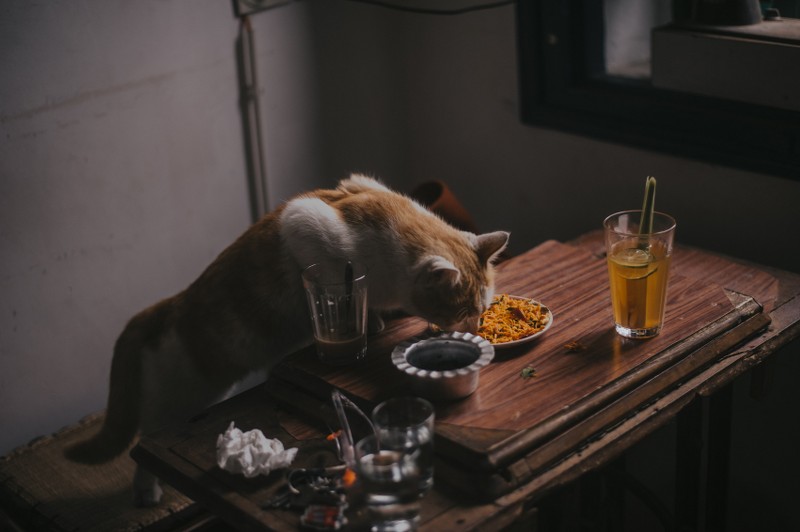
Common Misconceptions and Concerns
Chicken vs Chicken Meal
There is often confusion between whole meat and meal when it comes to evaluating protein sources in cat food. The misconception is that chicken is always superior to chicken meal in the battle of chicken vs chicken meal. The misunderstanding is that chicken by product meal in cat food is an inferior or less nutritious form of protein.
While nothing can beat whole chicken meat, both whole meat and meal can be high-quality protein sources. The main difference is in their moisture content. Whole meat has a higher moisture content because it includes water, while chicken meal in cat food has had most of its moisture removed during processing. This makes chicken meal meal protein-dense. it depends on the specific dietary needs of the cat and the overall formulation of the cat food. What matters most in this battle of chicken vs chicken meal is the quality of the source (e.g., whole chicken or chicken meal) and how it fits into the cat’s balanced diet.
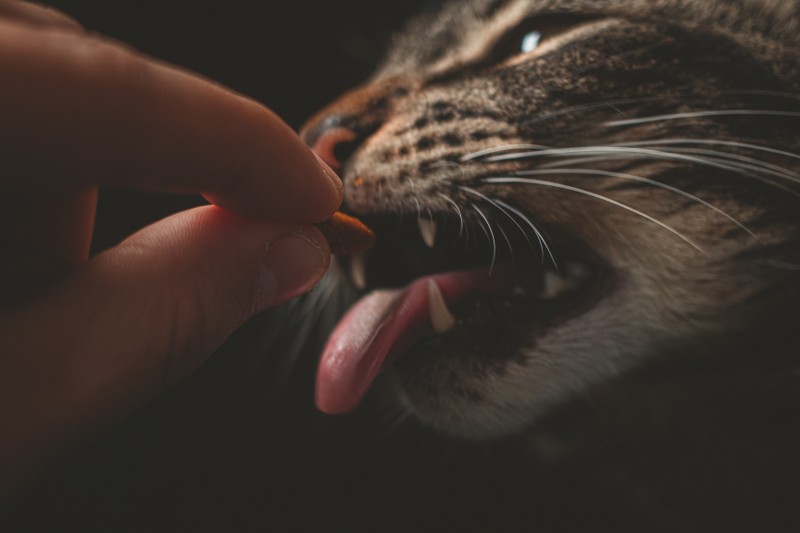
Incorporating Chicken Meal in Cat Food—Things to Keep in Mind
Reading Cat Food Labels
- Examine ingredient lists for products where chicken meal is a prominent ingredient.
- Check the guaranteed analysis to ensure it meets your cat’s nutritional needs.
- Verify AAFCO statements for balanced and complete nutrition.
Consulting with a Veterinarian
- Schedule a vet appointment to consider your cat’s age, activity level, and dietary requirements.
- Discuss dietary goals and portion sizes to maintain a healthy weight.
Mixing Cat Food Varieties
- Transition gradually by mixing new food with the current one over several days.
- Rotate between chicken meal-based food and other protein sources for dietary diversity.
- Monitor for allergies or sensitivities when introducing new foods and consult your vet if adverse reactions occur.
Conclusion
In conclusion, chicken meal in cat food serves as a valuable protein source in cat food, offering essential amino acids, digestibility, and support for muscle development and healthy skin and coats. However, making informed decisions when choosing cat food is crucial. We must prioritize high-quality ingredients like chicken meal in cat food and consider factors such as allergies, dietary preferences, and life stages. Ultimately, a balanced and nutritious diet is paramount to our feline companions’ health and well-being. It’s through thoughtful selection and consulting with veterinarians that we can ensure our cats receive the optimal nutrition they need to thrive and lead happy, healthy lives. For more informative posts on cats, check out our blog!

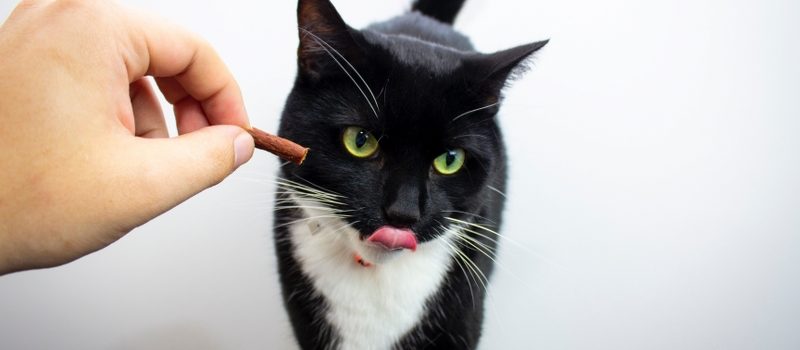


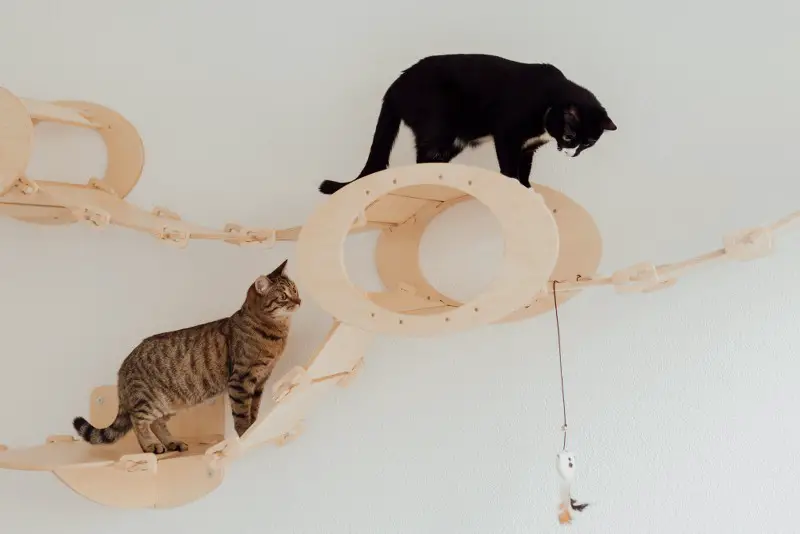
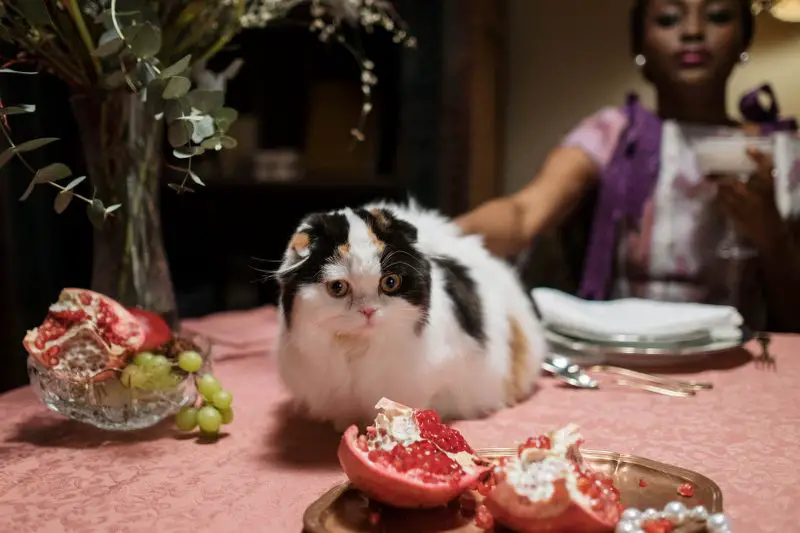
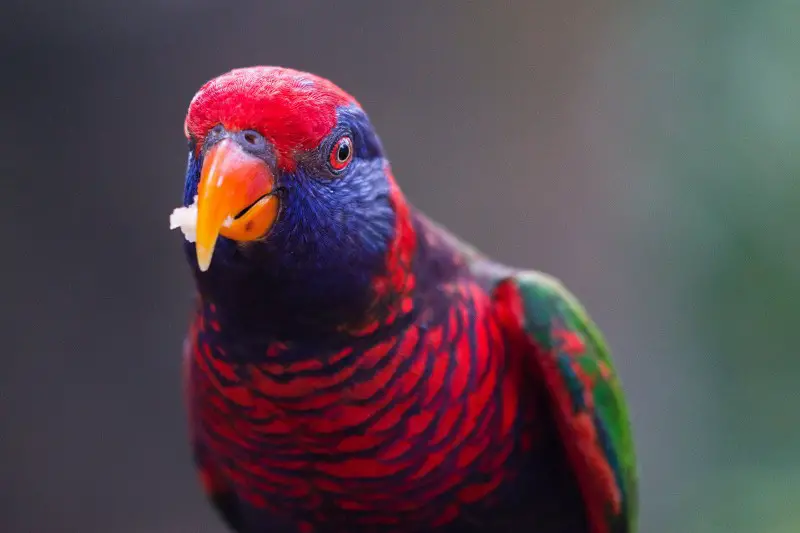

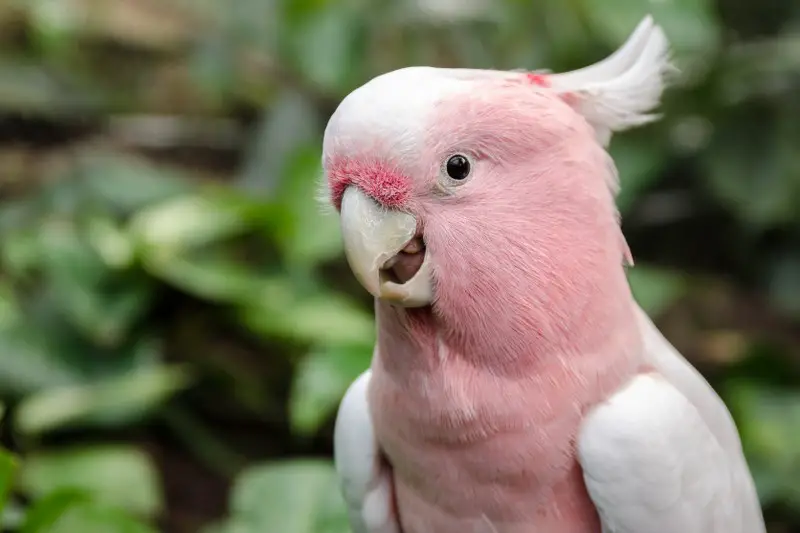




2 Responses